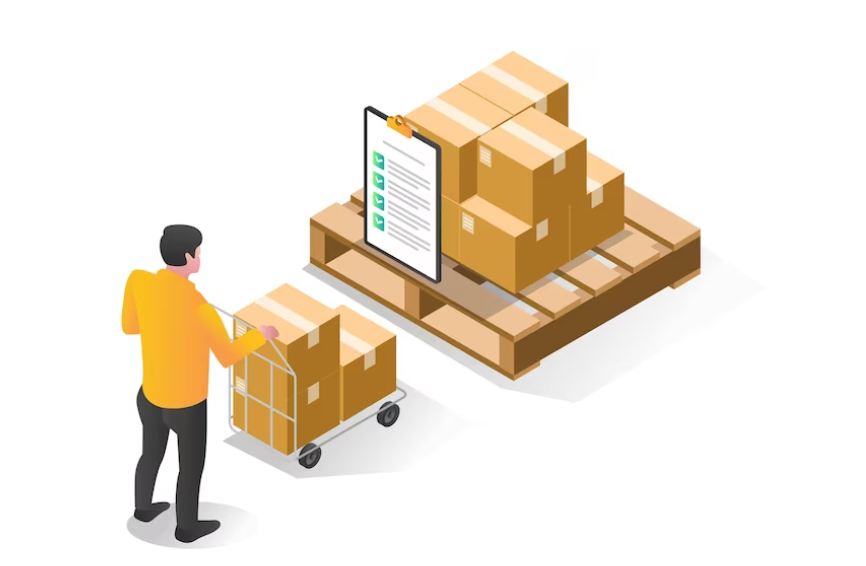Everything an Indian exporter needs to know about the EAN system
The European Article Number (EAN), also known as the Global Trade Item Number (GTIN-13), is a standard barcode format widely used in Europe. Find out why and how to get EAN codes in this informative blog post.
As globalization has led to an increase in foreign trade and the digitalization of previously manual operations, barcodes have gained prominence and widespread use among retailers and manufacturers. Aside from GTIN and UPC, EAN, or the European Article Number, is a significant barcode. The International Article Numbering (EAN) code is a string of numbers used to catalogue items.
Simply put: What is the European Article Number (EAN)?
The Global Trade Item Number (GTIN) on most products sold in the UK and elsewhere is represented by a 13-digit EAN barcode (USA & Canada). The country of manufacturing, manufacturer, and product number are all listed. what is ean? The EAN code provides details about a certain product from a given manufacturer that is packaged in a particular way. Its primary functions include product identification and differentiation, as well as specification.
You can find two distinct EAN formats:
- A numbering system with eight digits for use on inexpensive items
- A 13-digit number used by exporters and traders to identify products of a certain size
The 13-digit EAN format consists of the following parts:
GS1 Prefix:
It’s a three-digit number that represents the manufacturer’s GS1 membership.
The Manufacturer Code Is:
These are allocated to each manufacturer by the GS1 prefix’s designated numbering authority and can be any length.
Barcode/Article Number:
This, like the manufacturer code, is variable in length and is given out by the manufacturer.
A check digit:
To ensure that the barcode was scanned accurately, this supplementary digit is used.
What is the significance of EAN?
An EAN number is provided for every product sold in Europe, simplifying the process of locating and reselling individual items. The costs of storing and transporting goods to and from the warehouse, as well as any other logistics expenditures, are reduced as a result. For Amazon FBA to keep track of stock during the fulfillment process, EAN codes are also required. Also, by using barcodes to identify products uniquely, Amazon’s international markets can learn more about the stock they carry. To better serve their customers, online marketplaces commonly employ product identifiers or codes to organize product data displayed on their websites. Every Indian vendor hoping to sell in Europe is advised to acquire an EAN code.
How can you get an EAN?
EANs are not just a bunch of arbitrary numbers thrown together. Online, GS1 issues them to the public. GS1 is the exclusive owner of barcodes and associated patents. Exporting a large number of products requires a correspondingly large number of EAN codes, which can only be obtained directly. To get an EAN code, you can contact Amazon’s Service Provider Network (SPN).
Register with GS1 India to get an EAN. Business identification documents such as PAN and GST, among others, will need to be submitted. You can also apply by filling out and submitting an online form. Make sure to include all of the many product types and variations that your company provides. The requested quantity of EAN codes cannot be increased after application. It normally takes between 7 and 10 business days to complete the registration procedure.
Keep the EAN number from blocking too much of the merchandise after you have it. A good rule of thumb is to limit the code’s footprint to no more than 25 per cent of the product itself or its packaging. It’s common for consumers to have a selection of ten different sizes to choose from. It also needs to be easy to see. It’s best to have a black code on a white background.
Once you have your EAN and any other necessary permissions, Amazon Global Selling makes it simple to export from India.
Instructions for Indian Exporters
Your business’s international expansion is now easier than ever with Amazon Global Selling. Amazon has more than 300 million customers all around the world, and through its 18 marketplaces (including the United States, the United Kingdom, the United Arab Emirates, Australia, and more), businesses may access consumers in more than 200 nations and territories.





